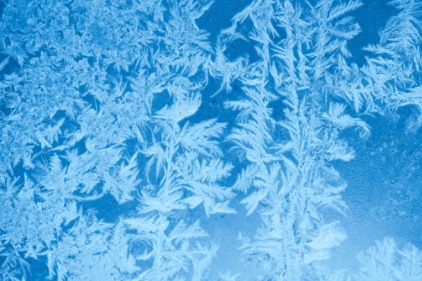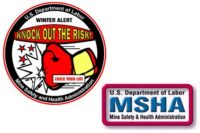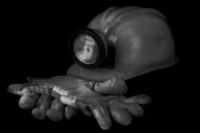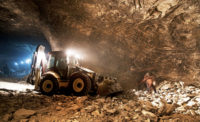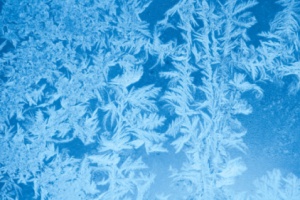 The U.S. Department of Labor's Mine Safety and Health Administration (MSHA) has launched its annual "Winter Alert" campaign to call attention to the numerous hazards colder weather typically brings to mining operations around the nation. Statistics show that coal mine explosions occur most often during the colder months, October through March.
The U.S. Department of Labor's Mine Safety and Health Administration (MSHA) has launched its annual "Winter Alert" campaign to call attention to the numerous hazards colder weather typically brings to mining operations around the nation. Statistics show that coal mine explosions occur most often during the colder months, October through March.
"We know this season will bring weather that causes changes in the mining environment and can present certain dangers for working miners," said Joseph A. Main, assistant secretary of labor for mine safety and health. "We also know that there are precautions mine operators can take to alleviate these hazards and prevent accidents."
Low humidity and low barometric pressures, combined with seasonal drying of many areas in underground coal mines, have been major factors in past mine explosions. Colder weather brings other potential hazards, such as limited visibility, icy haulage roads and walkways, and the freezing and thawing of highwalls at surface mines, which can make them unstable.
This winter, MSHA encourages miners and mine operators to understand that "Prevention is the Key to a Safe Workplace" by specifying the actions that can prevent serious accidents. MSHA is asking mine operators to ensure that snow and ice in travelways are removed, apply salt and sand where needed, and frequently examine highwalls for stability.
In underground coal mines, mine operators should make certain that there is adequate ventilation, apply liberal amounts of rock dust, conduct frequent and thorough examinations, and be familiar with emergency procedures that prevent ignitions and explosions.
During regular inspections, MSHA will distribute posters, hardhat stickers and pocket cards with the "Prevention is the Key to a Safe Workplace" theme to miners and mine operators throughout the coal industry.
